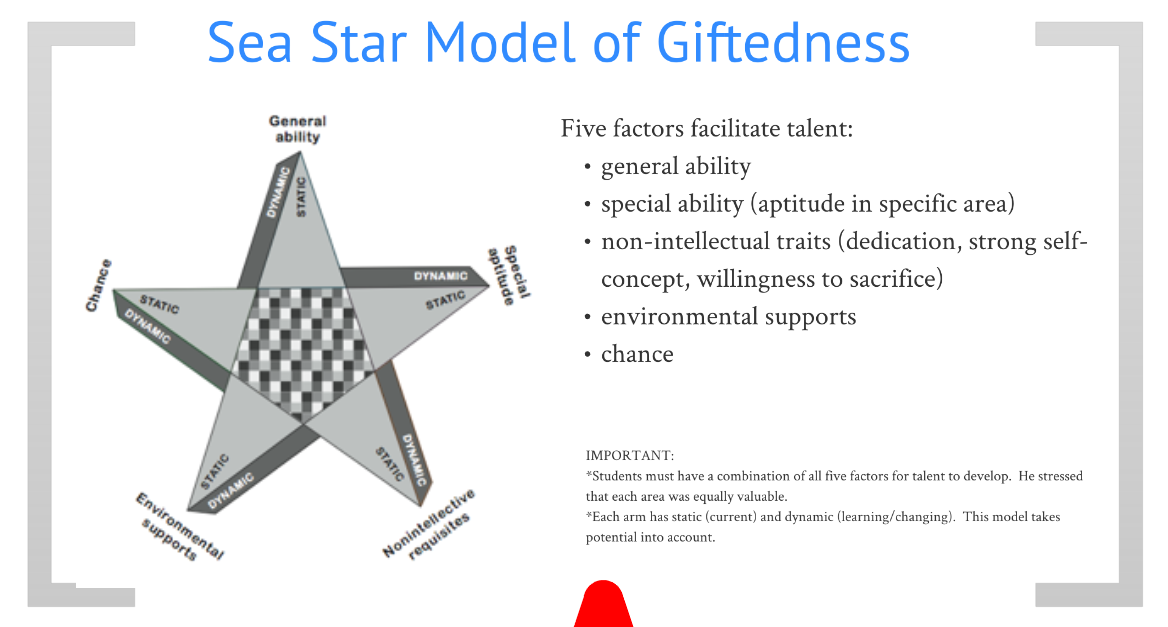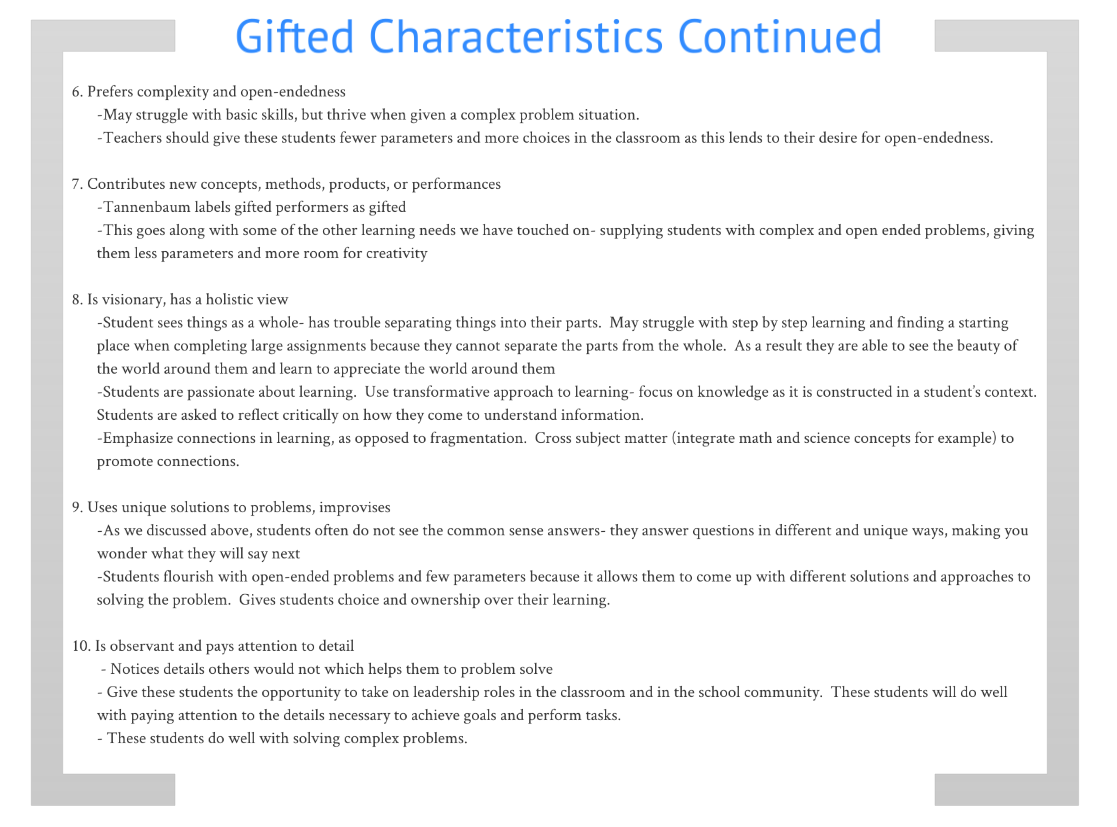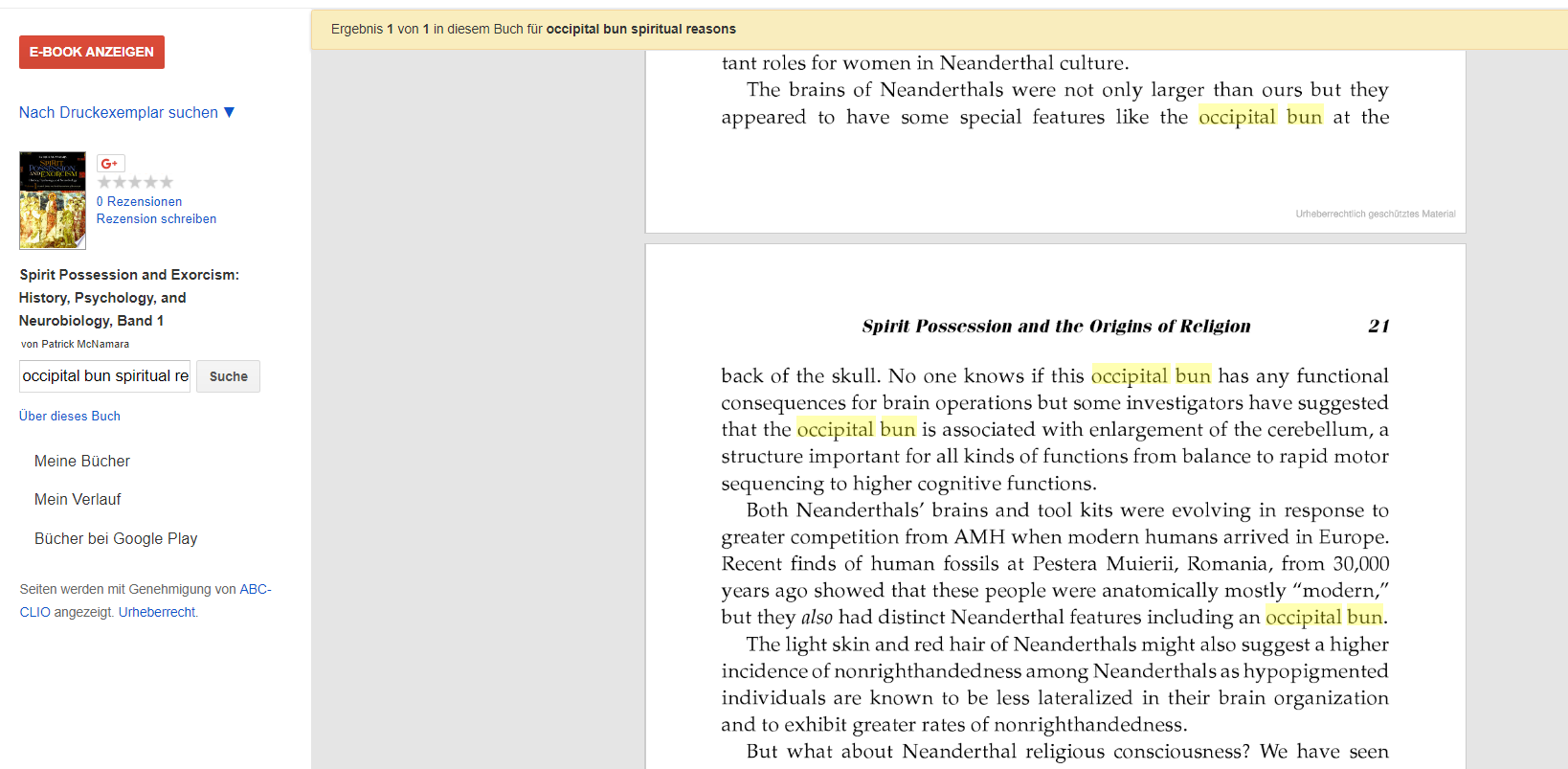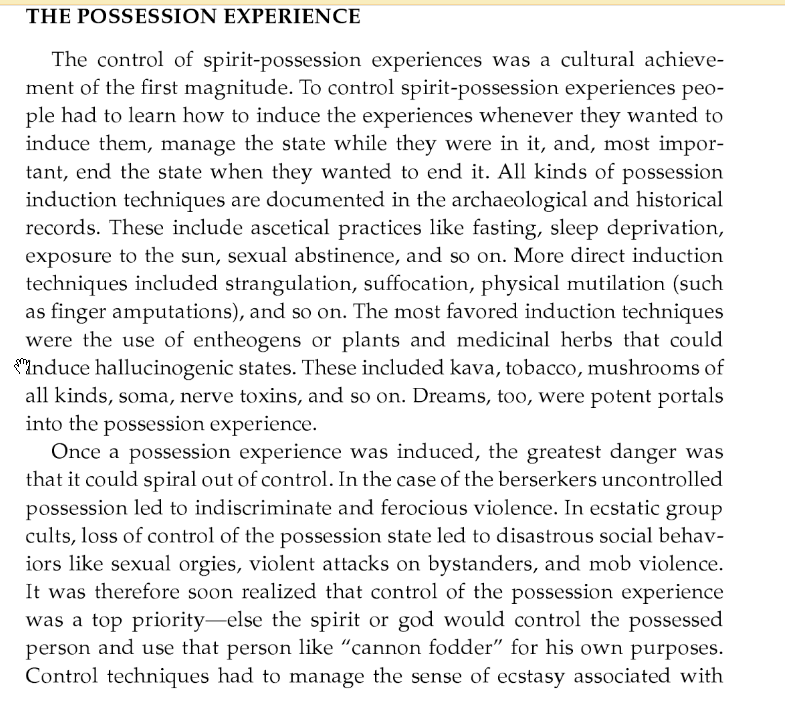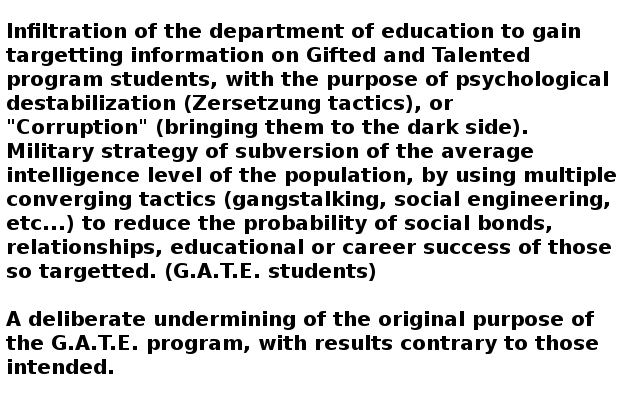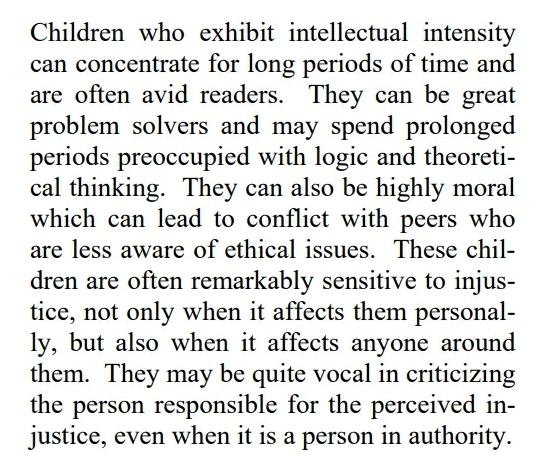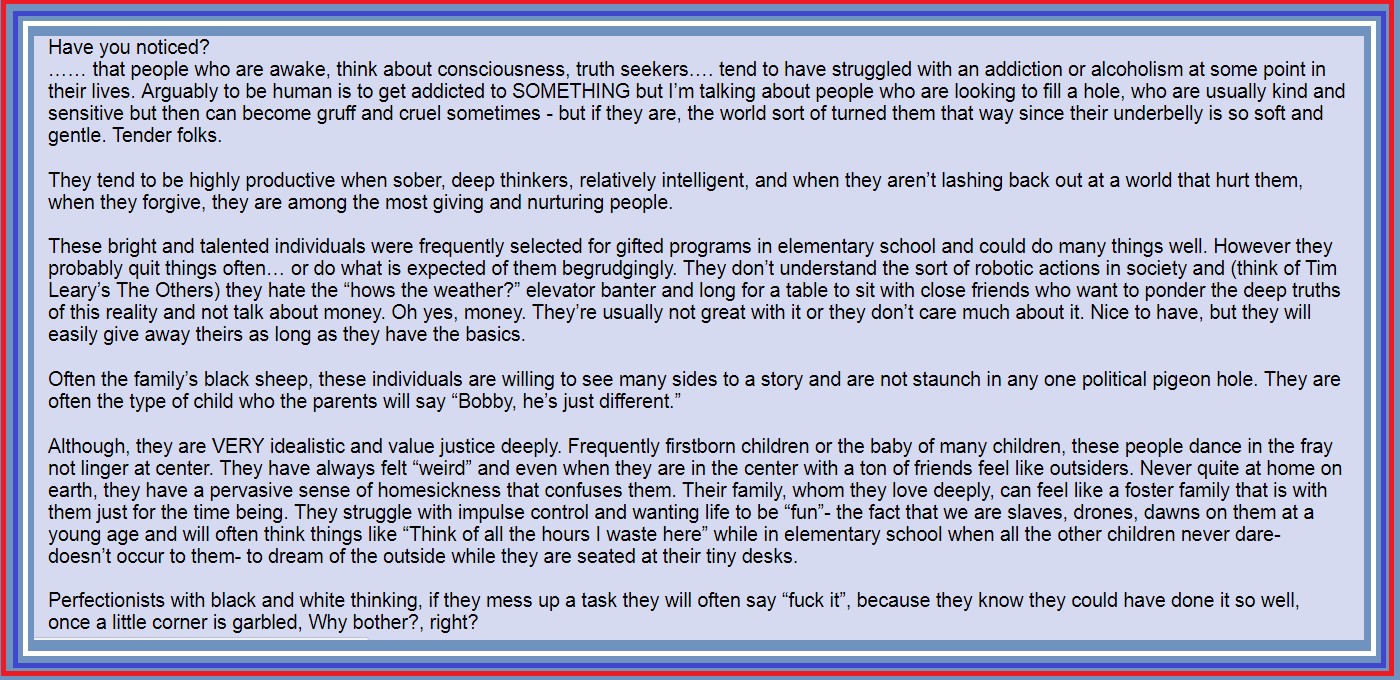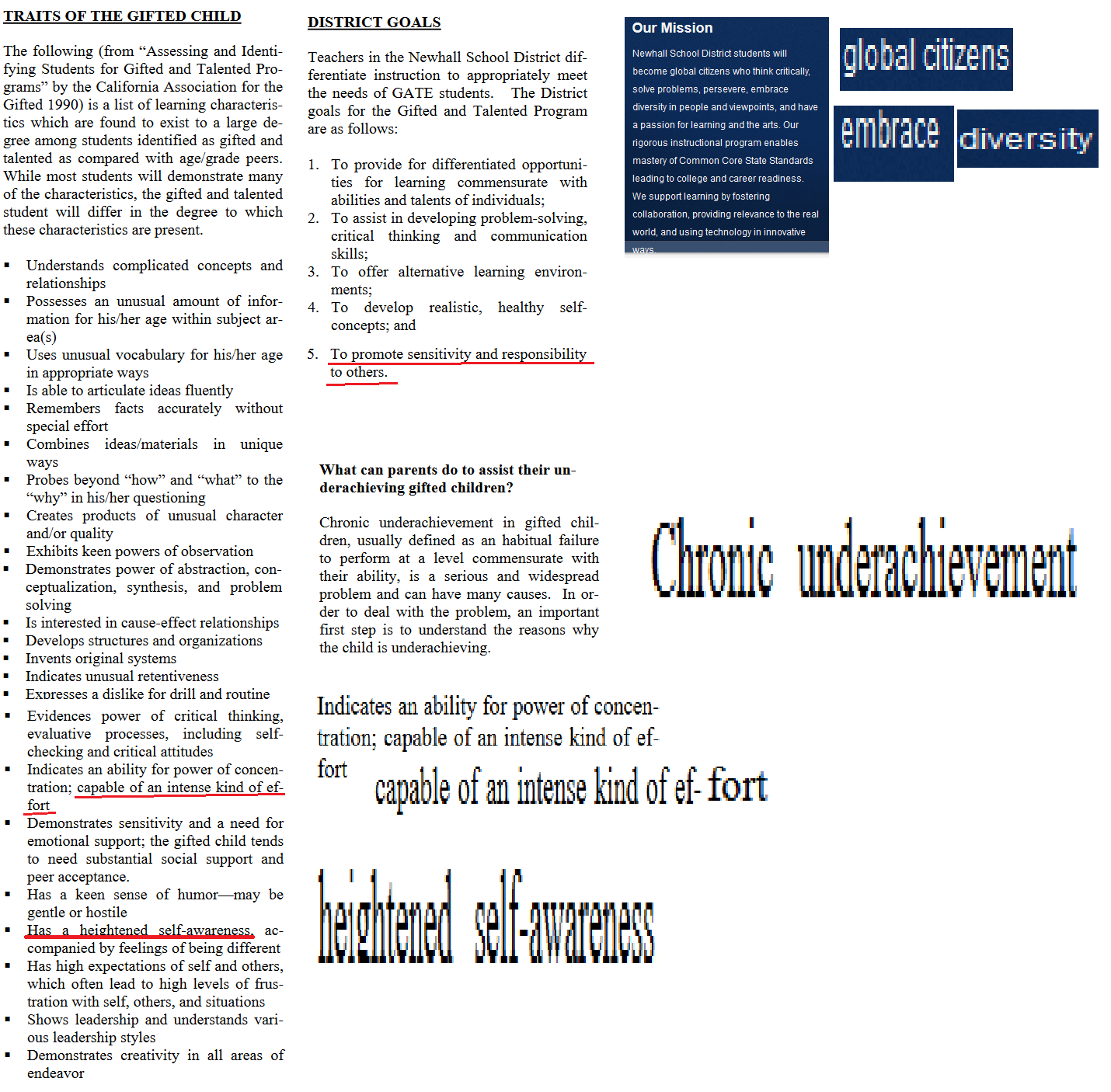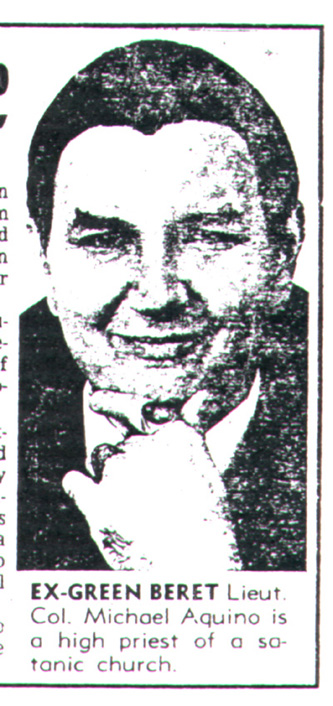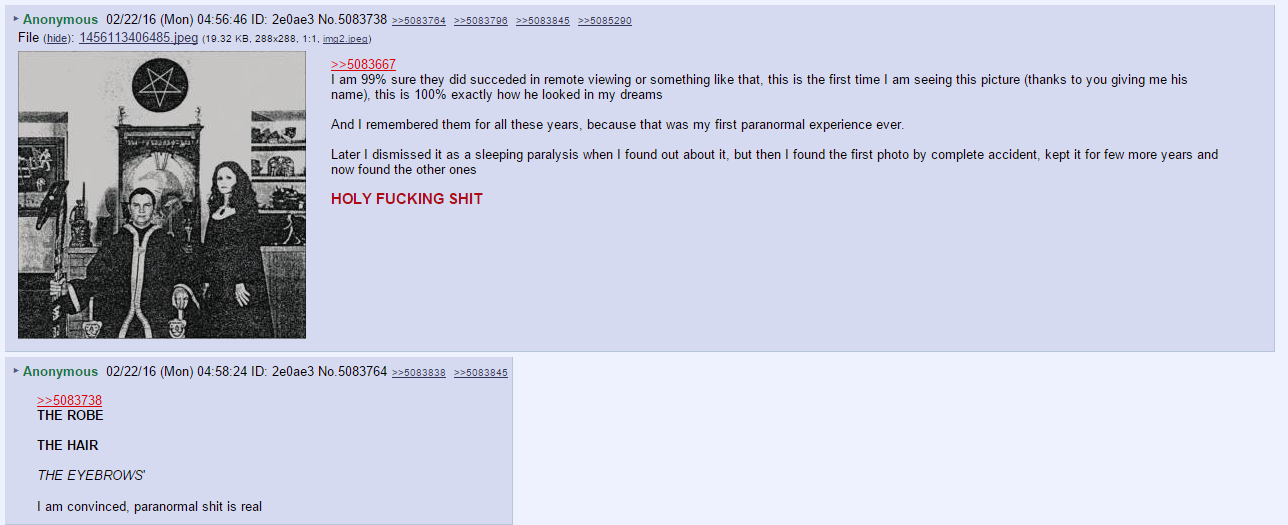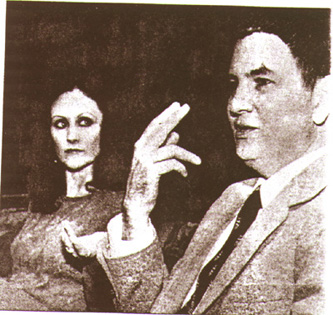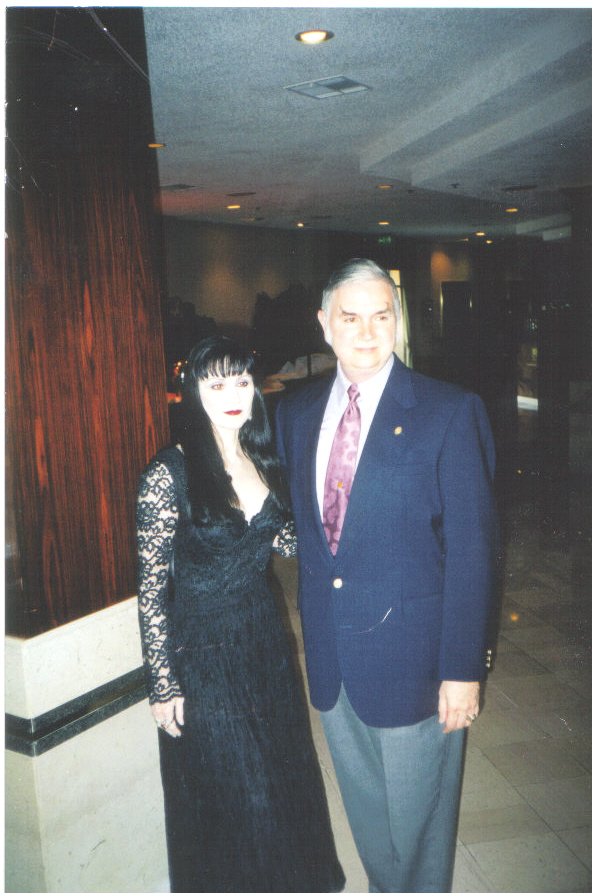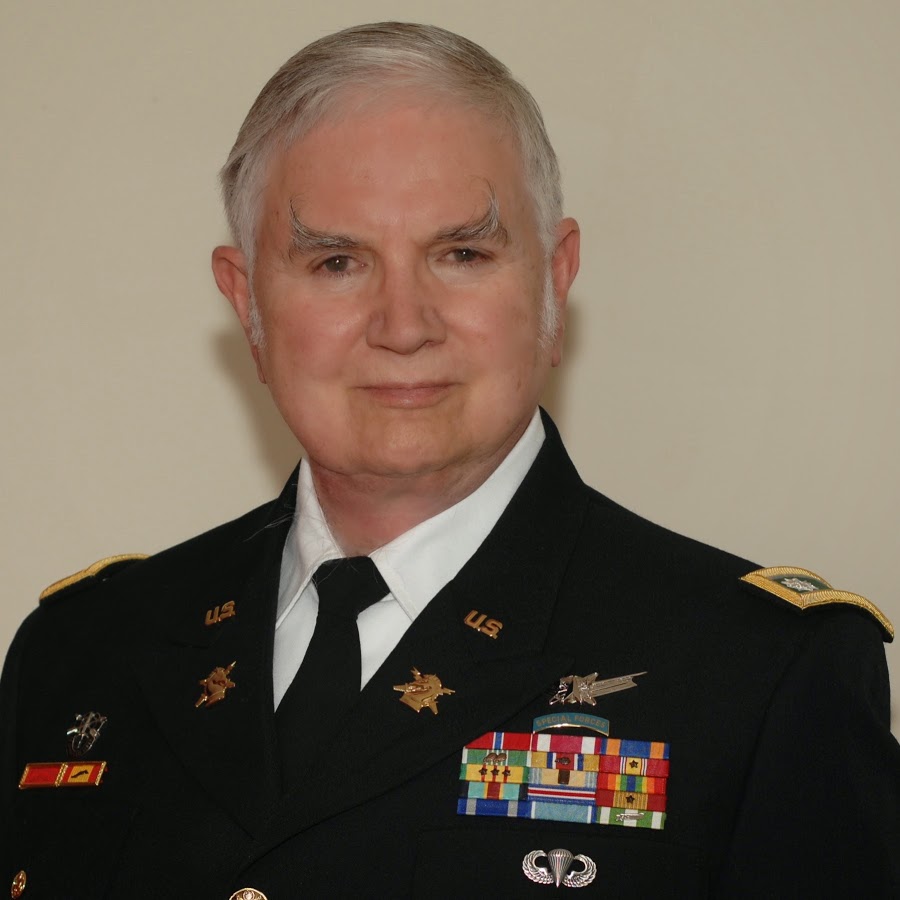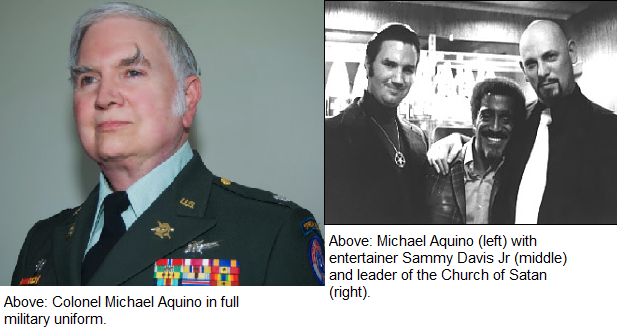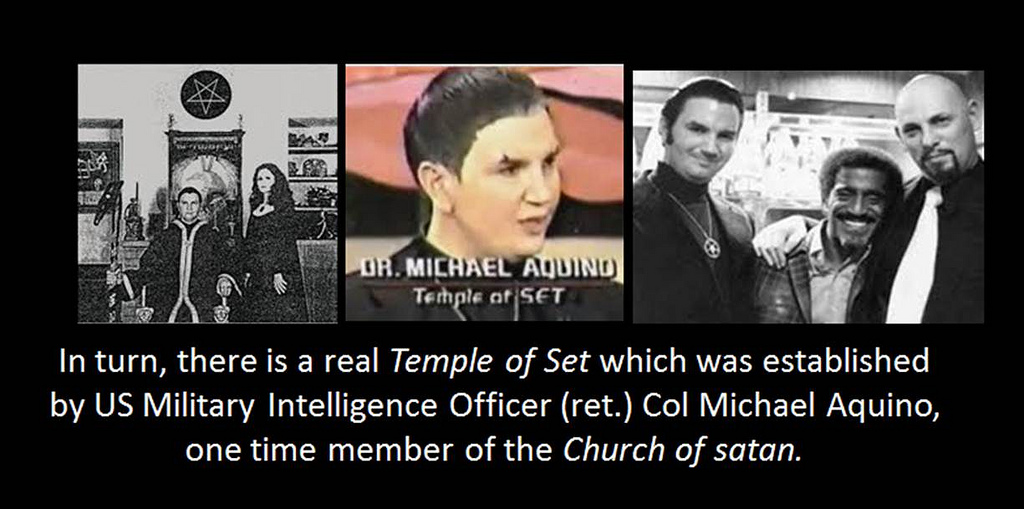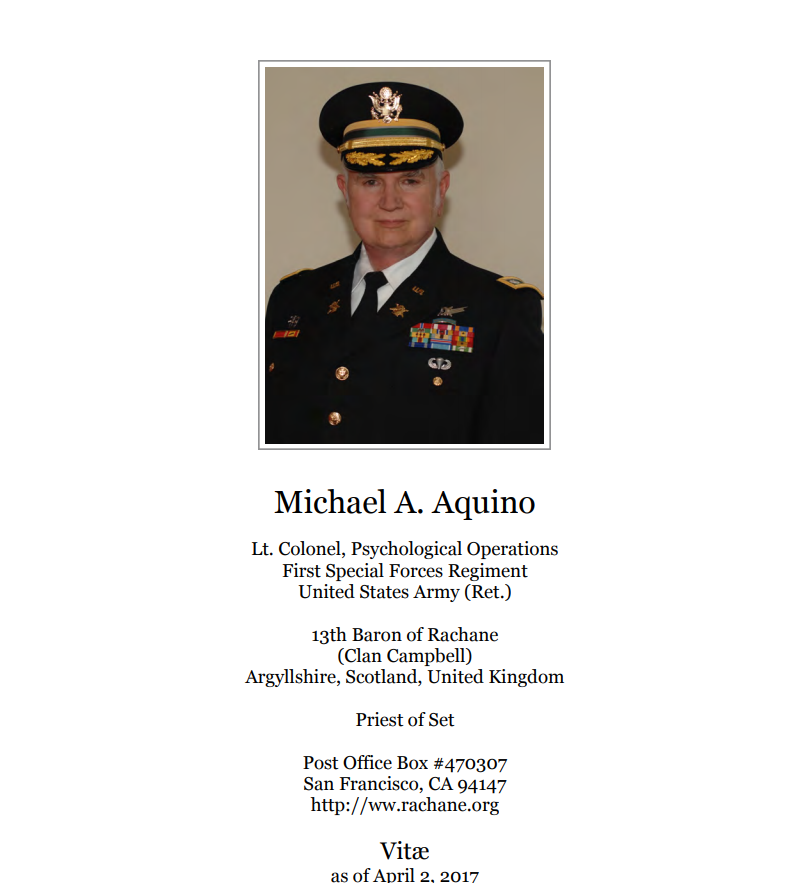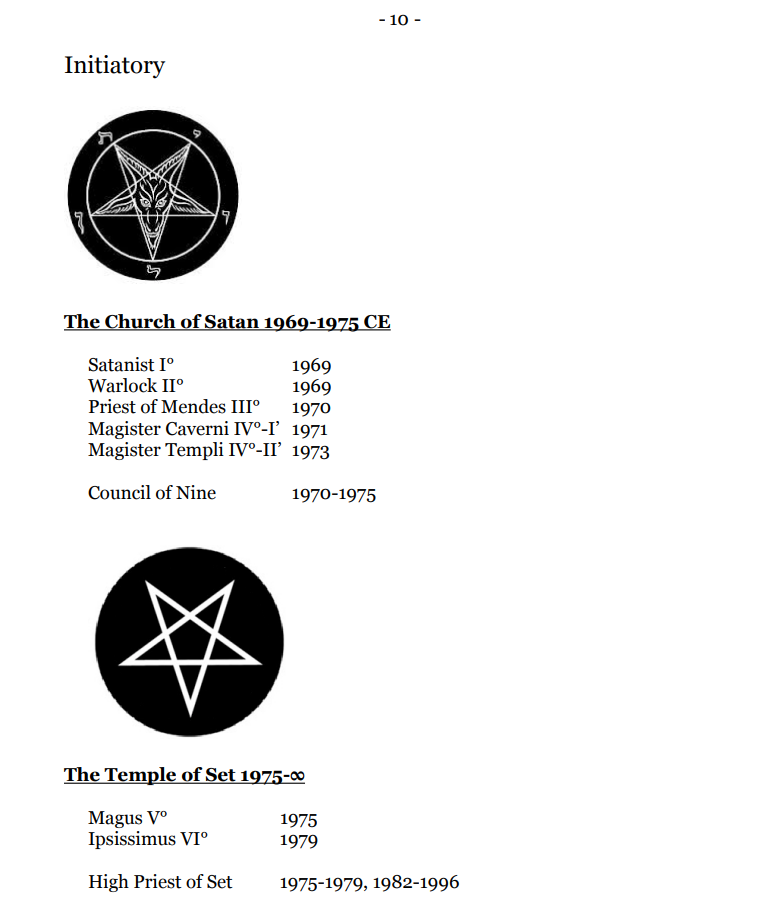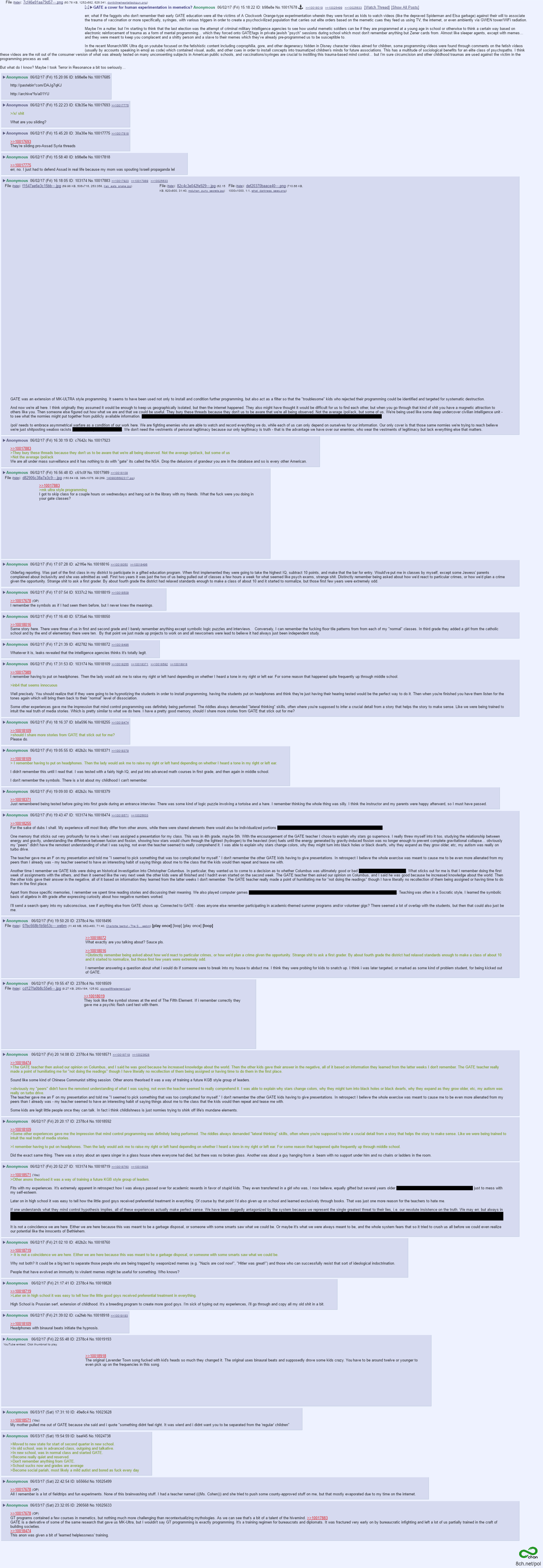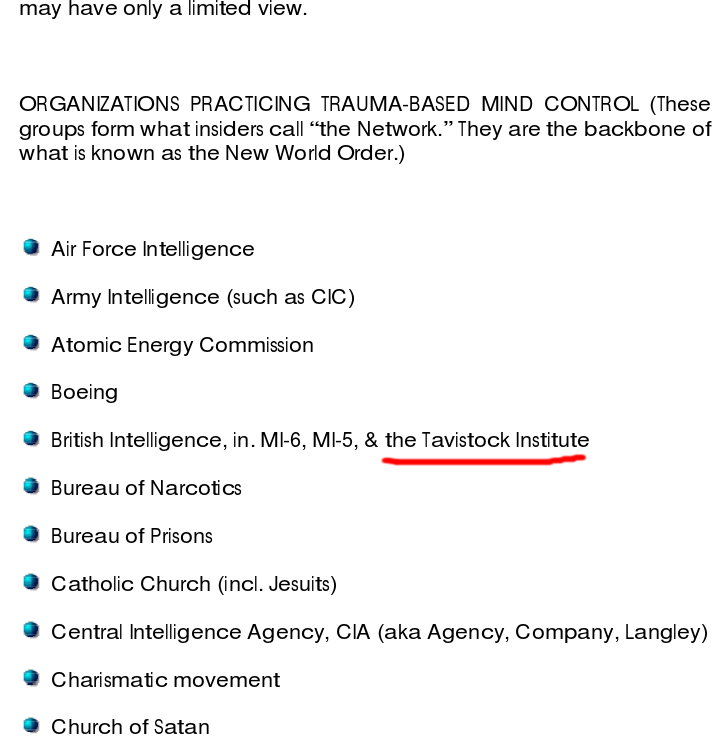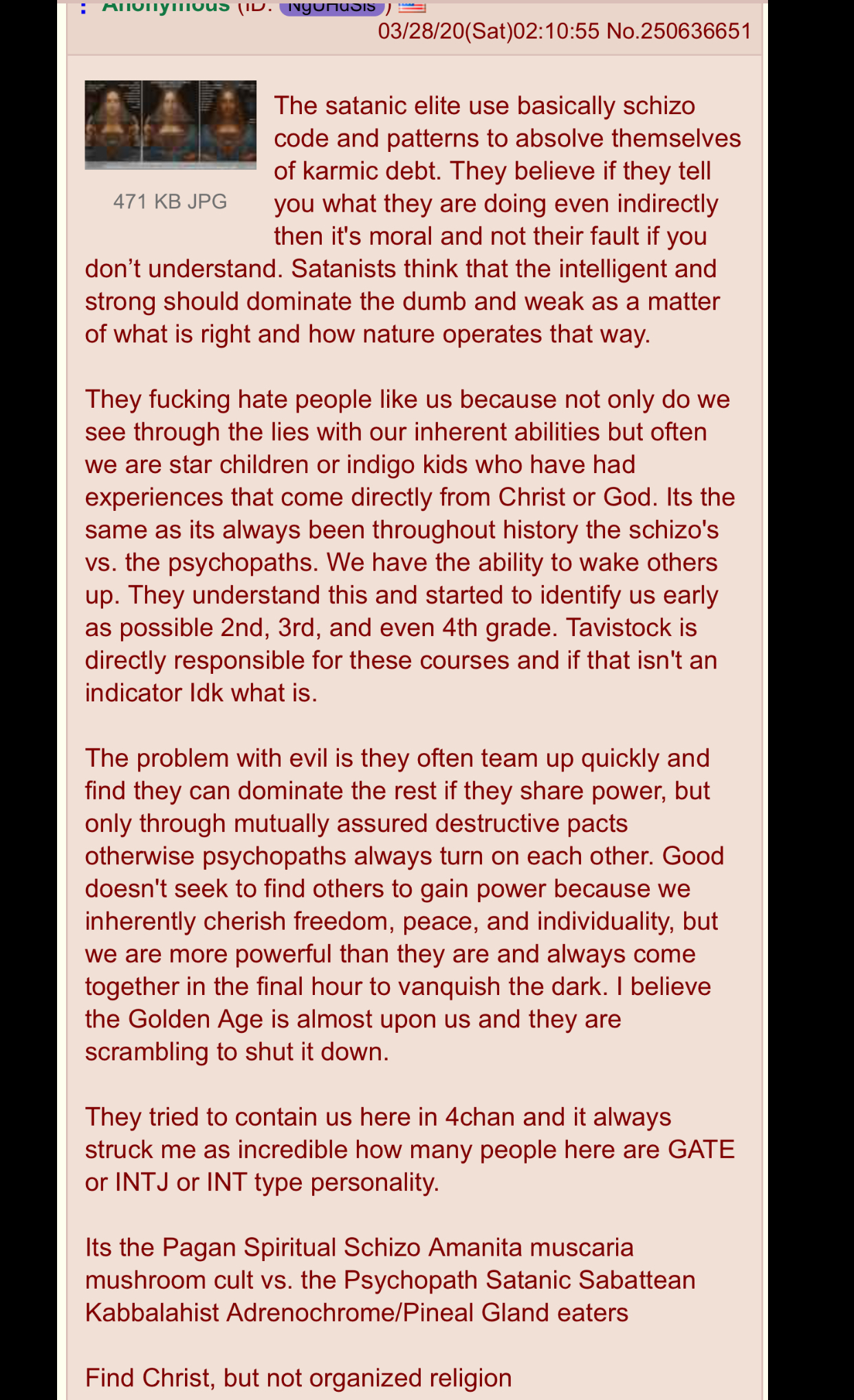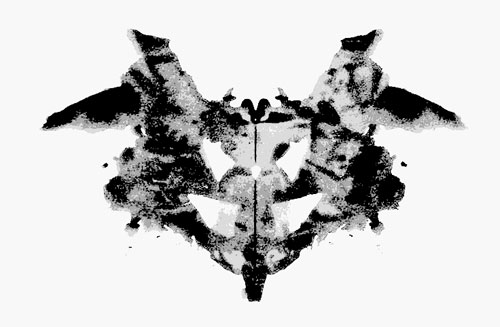a independent research dedicated about the G.A.T.E program and its occult connections
Contributors welcome - You can find the unsorted information that I have collected over the last months in the resources folder
- Intro
- Tannenbaum's Theory of Giftedness
- What is GATE?
- Characteristics of GATE Students
- Occult Connections
- Why?
- Memory Trigger
-
Read this carefully, for it will change your life.
-
Apply what you read, because unused information is worthless.
-
The human bears a spirit that does not die nor sleep during the deepest sleep; it records all thoughts and motions; it informs the human whether his thoughts are correct or false-if he has learned to pay attention.
-
The spirit within the human is the bearer of the creative realm, and every human has his own (spirit).
-
It is incomprehensible that the human speaks of a heaven and of a kingdom of heaven within himself, rather than to merely say: Creation, truth, knowledge, wisdom, spirit, consciousness and existence.
-
A humans yearning lies in the joy that remains, for the imperishable life, the permanent peace, the spiritual and consciousness-related wealth that never fades and lasts forever.
-
Heaven and Earth will perish, but truth, knowledge, wisdom and spirit will never be changing [change?] or perish.
-
The spirit and the consciousness are on the look-out for what is perfect, for harmony, for peace, cognition and realization, for knowledge, wisdom, truth and beauty, for love and for the true BEING, all of which are of absolute duration.
-
All of these lead to what forms the spiritual kingdom of wisdom; all are existing within what is creative.
-
All of these are here in existence, as a genius of all ingenuity, as a melody of all melodies, as ability of all abilities, as the highest creative principle, as wonder of all wonders.
-
The human may create wondrous worlds in a dream, just as Creation consciously creates the worlds.
-
To the human, this capability arises from his consciousness, which is obtainable in existence within himself, in the same way that all wonders are available within himself.
-
He himself is the realm of heaven, the realm of what is creative.
-
That's why the terrestrial philosophers of old spoke about the human as a microcosm within a macrocosm because everything that is included within the universe is included within the human.
-
The inner dimensions of the human are endless.
-
The image of Creation, the spirit within him--the existence that is without dimension--it bears all dimensions within itself and, at the same time, transcends all dimensions.
-
The spirit is the wonder of all wonders, and all power emerges from it.
-
A wonder means using the spirit force in perfection.
-
The human, however, places a wonder into something for which he lacks all possibilities of a logical explanation.
-
If a human is happy, his happiness comes from within, because happiness is a self-created state; never is happiness a location.
-
Joy comes forth from the humans inner part, created by spiritual poise.
-
Therefore, everything comes from within.
-
The things that, or humans who, seemingly form the cause of happiness, are only the external occasion to bring the happiness within the human expressing itself, if he has spiritually worked towards this.
-
But happiness is something that belongs to the inner being, and it is an unseparable characteristic of the spirits existence.
-
Endless happiness and endless power are included in this existence.
-
Outwardly, the human may be old, but this is only a passing matter.
-
Fifty years ago he wasnt, and in fifty years--when his body is dead--he will not be, because only the body may become old and infirm.
-
The spirit, however, remains forever young and suffers no symptoms of old age.
-
The old age, and also youth and infancy, and also sorrows, grief or problems, is something that passes, like it is the case with all external conditions and experiences of the world.
-
What is lasting is the existence of the spirit, truth, knowledge, wisdom, reality.
-
What matters is to recognize and build them, because they only make the human free.
-
If the human recognizes the existence of his spirit, the old age is not harmful to him any longer.
-
No sorrows, no suffering, no problem, no changes and no ups and downs of life and of the surroundings, of the environment and the world may still throw him into grief.
-
Wisdom is an elemental, tremendous power.
-
Wisdom is light.
-
And wherever a light shines, darkness and ignorance vanish.
-
But ignorance is the actual darkness, and it is overcome by the light of wisdom.
-
Wisdom is a characteristic of the existence of the spirit and the consciousness, and it bears within itself the qualities of happiness, truth, knowledge, balance, beauty, harmony and peace.
-
Wisdom is light.
-
However, wisdom is the characteristic of a human who has recognized the existence of his spirit and cooperates along with the spiritual laws.
-
Wisdom is using the spirit force.
-
Wisdom and spirit are two things that amount to one, in the same way as sunlight and the sun are two things.
-
The sunlight results from the heat of the sun, which she herself first has to generate through her processes.
-
Thus, there is also an all-creating existence in the universe that, on the strength of its force, creates forces that constantly and imperturbably follow and enliven the endless eons--as truth, knowledge and wisdom, (and) according to a given uniform guideline--along certain Creative laws.
-
This forceful existence, however, is Creation.
-
And therefore, there is only one existence that rules throughout the universe--only one Creation, only one truth, one knowledge and one wisdom--and that is synchronous and unchanging for all times.
-
The eternal truth is not subject to any variations and changes, and its laws must never be revised and adjusted to new times.
-
The spirit force is vital and dynamic, namely in such an amount as it embodies the wisdom within itself.
-
It is a sign of human weakness when religions and their false teachings are presented as instruments of what is creative, and when wisdom becomes unreal through this.
-
The human searches elsewhere for strength, freedom, joy and light, but not where they really may be found.
-
Wisdom is a distinguishing feature of Creation that, as a fragment, inhabits the human as spirit.
-
Therefore, the human shall increase his knowledgeable wisdom, and he will recognize Creation.
-
He shall increase his search for truth, and he shall know about the power of wisdom.
-
Cognition of the truth brings liberation from all restrictions.
-
It brings boundless knowledge and wisdom.
-
Wisdom is a powerful means to recognize the laws of Creation.
-
A human who is filled with love is also rich in wisdom, and a human who is rich in wisdom is also full of love.
-
However, the human cheats himself because he does not know love.
-
He interprets grasping feelings and sentiments as love, while, to him, real love remains strange and not understood.
-
A human is a human only if he has recognized truth, knowledge and wisdom, even if he never used the word Creation, because wisdom is also love in its best form.
-
Thus, the human always finds that enlightenment and recognition are knowledge and also wisdom and love, and where love rules, there rules wisdom, too.
-
Love and wisdom belong together, because Creation and Its laws are love and wisdom at the same time.
-
Where there is wisdom and knowledge, there is love and cognition, and where there is cognition and love, there is Creation.
-
Growth within love and wisdom teach the human to recognize Creation.
-
First, however, the human learns the truth, and thereby he will gain freedom and peace, a peace which is imperishable, a power without an end.
-
Wisdom and love both are two stimulating wings of the creative essence and character.
-
With wisdom and love, the human is master over all creation.
-
Wisdom and love increase his dedication for the fulfillment of the given creative-natural laws, because spirit and Creation are one.
-
The earth human speaks of love that he does not know.
-
He believes to know that his sentiments are love and, through this, he deceives himself.
-
Love cannot be clothed in words, because it is, just as luck, a state and not a place.
-
Love is imperishable, and nothing is able to change it into something else.
-
The path of the spirit force leads over cognition of truth, knowledge, wisdom and love.
-
The sense and function of the spiritual teachings are to spread truth, knowledge, wisdom and love.
-
If this fails it is not a help anymore but an evil cult which, through false teachings, enslaves the spirit and produces ignorance, as it is the case with the religions' false teachings.
-
If it pursues the function of expanding the spiritual knowledge, then it is a powerful instrument of the creative order.
-
The spiritual teachings deal with the spreading of cognition, truth, knowledge, wisdom and love, with what is eternal, immortal, (and) imperishable, what overcomes death and spreads light, what embodies within itself the balance of wisdom and love, and they deal with the peace that surpasses all understanding.
-
Each human believes to know what is meant by peace, in the manner that he knows it according to human experience.
-
But to understand the wise peace of the endless existence, the spirit, the immortal Creation, surpasses his human understanding.
-
The reason for this is that he is a prisoner of religious false teachings and human-material things that withhold from him an understanding for inner experience.
-
The experience that forms the true key for true cognition and wisdom.
-
The kingdom of the spirit holds wonders over wonders.
-
The visible universe with which the human deals, is but a tiny spot within this wonderful, endless, spiritual intelligence of Creation.
-
Countless billion universes like this are held within the endless spiritual intelligence of Creation.
-
What is visible to the human's physical eyes is but a tiny iota within endlessness.
-
What he cannot see with his eyes is immeasurable, inconceivable and unthinkable; it is confusing and unimaginable for his unspiritual human intelligence and (mental) capacity.
-
The entire universe which he sees is but one of many rooms and must be counted as myriads, because there are universes within universes, universes beyond universes, universes under universes, universes above universes and universes out of the universes within this ur-mighty, colossal and all-creative spiritual intelligence of the Creation's existence.
-
And the human is connected with this mighty spirit, with these elemental powers of existence, Creation, spiritual intelligence, because a fragment of this spirit-intelligence Creation dwells within, and enlivens, the human as spirit.
-
Its (the spirit's) power, its joy, its peace, its freedom, its wisdom, its knowledge and its ability are unimaginable for people that are spiritually ignorant, illogical; for critics and know-it-alls; for those dependent to religions; for degenerated ones and other persons that have been led astray.
-
And only a human who knows this truth and produces knowledge and wisdom and love from it, is a blessed human.
-
He knows the answer to the last questions of science, of philosophy, and also of the wondering human.
-
But in order to become such a blessed human it is required to search for and find the truth, to gain knowledge, wisdom and love from it, for the human is only able to spiritually grow in truth, knowledge, wisdom and love, whereby he will be freed from all human frailties.
-
The human is enlightened and fully freed only if he--in his thoughts--incessantly and constantly dwells in the endless creative-spiritual reality.
-
The spiritual intelligence is enlightened by lawful spiritual principles, and directed towards the creative being, the perfection and the power of what is creative itself.
-
This in contrast to the human intelligence, because the human consciousness generally only deals with single things of the material world.
-
As a consequence, the human is restricted and handicapped in every direction; he even gets captured, suppressed, plagued and tortured by all possible forms of misfortune, frailties and enslavement.
-
Therefore, a human's individual self-analysis is one of the essential methods to find the truth and to walk on the path of spiritual evolution.
-
Therefore, it is necessary that the human constantly examines his thoughts and may see, of what kind they are.
-
He has to pay attention (to the fact) that, ultimately, he is always led, directed and determined by creative-philosophical principles and realities, by creative-natural laws.
-
Within the human, there should reign a continually conscious feeling of belonging to what is creative, with his essential spiritual breath, his essential spiritual BEING.
-
It shall be spiritually clear to him that his essential spiritual BEING is inseparably one with what is Creative, in order that he may--in this awareness--overcome the material outer world.
-
This creative-philosophical truth and cognition should always and first of all rule a human's thinking, feeling and acting.
-
For only he who is one with the spirit can recognize and do good in the long run, because he has the possibilities of Creation within himself.
-
Nothing negative within the endless universe may touch and enslave him anymore.
-
In addition to this creative-philosophical consciousness comes the practical, dynamic, creative, i.e. the mystical consciousness that consists of the perception of the one reality in all things.
-
Therefore the human has to be a practical philosopher and mystic, and perceive the reality in its changeable, passing forms.
-
For what is a human?
-
He is only a figure and a name.
-
If one takes away a human's name and figure, what will remain?
-
What remains is the fundamental essence, the existence--the spirit.
-
The human who fails to see this will be driven around and away by the slightest breath of air, without hope for rescue; (he will) always (be) striving to find a firm hold somewhere that, however, will never be offered unless he searches for, and finds, the fundamental truth.
-
Billions of humans look up to the stars in the sky, however without any results or realizations.
-
Astronomers, however, while looking up to the sky, discover new worlds and write books about it.
-
But what they see and recognize, other people cannot see or recognize, even if they can look up.
-
Despite their seeing eyes they are blind.
-
In a similiar way this is the case with the normal and the spiritual human:
-
The human, who truly lives according to Creation's laws, sees everywhere and recognizes what is creative, in every life form, in every thing, in every thought and act in every human, in all of nature's work and also in all conceivable circumstances.
-
But the normal, unspiritual human, who is harmed by religions or other unreal teachings, may not see or hear, or recognize even one iota of truth.
-
His life is unspiritual, all the more pressed into human-material ways.
-
Thereby he is blind, deaf and ignorant.
-
The human who adheres to Creation's laws is the most blessed and most fearless being.
-
His will is insurmountable, his dedication immeasurable and endless, and his wisdom and love are constant and perfect, not capricious and full of doubts, like it is the case with those who are dependent from religions or generally those who are led astray in some way.
-
His mind resembles the wide, endless sea and does not let itself come out of its rest.
-
He does not tremble with fear.
-
Therefore, the human may unfold his spiritual mind that is not anymore reached by any degenerated negative force;
-
The mind which gives no shelter to negatively degenerated thoughts and supersedes all positively degenerated thoughts and actions.
-
Only a balanced mind that is rooted in what is creative--in creative service, in creative wisdom, its knowledge, its love and joy that are more real than all material walls around (and more real than) the human environment--is valuable and serving the spirit's development.
-
Therefore the human being shall be spiritually great and constructive at all times.
-
The spirit, the source of all endless, creative development, is itself the human's innermost being.
-
The human outer being is full of limitations, because it is not itself, but only its wrap, its material body, a limitation, a misleading matter, the source of toil and pain, (and it is) limited regarding cognition and will, willingness to make sacrifices, freedom, love and luck.
-
If the human looks at his fellowman in an external, material way only, he sees nothing other than just exactly the form and figure, the material of this special person.
-
If he looks at him with the spiritual eyes of cognition and knows that this (universally) all-testifying consciousness in himself is also in all the other ones, albeit unknown to them, then the manner of how he sees his fellowmen changes completely.
-
He then does not simply see a man anymore, a woman, a girl or a child, but he sees the fellowman as a bearer of a creative spirit that knows about itself, about its existence, and wants to reveal itself through anybody if there would only be offered an opportunity.
-
He who knows the truth sees his fellowman from this knowledge and recognition, because he sees in him what is creative.
-
At least he now knows more than he knew before he recognized the truth.
-
This is the proof then that ignorance is nothing that cannot be changed for all times.
-
If the human is willing to accept the truth he can free himself from all ignorance.
-
The human can free himself from everything, and everything can be taken from him, except the creative consciousness, the spirit, the existence within his interior, this purely spiritual realm within him.
-
He may be robbed from all of his possessions and may be driven away from his home, but nobody may drive him away from his spiritual realm within his interior.
-
Thus, the human should be constantly aware of what is creative, without which he would not be able to draw a single breath, could grasp no thought, could not realize, see, hear or experience.
-
Therefore, the great sages of all times say: "The creative spirit is nearer to the human than his own breath."
-
The human may not escape from this highest consciousness, for sooner or later, he surrenders to this creative reality, because it is the life of his life, the spirit of his spirit, the consciousness of his consciousness, the light of his light, the central thought force of all life, the existence that projects all human thinking by far, against which all power of the human-material-intellectual thinking sinks into absolute insignificance.
-
The spirit itself is able to live without the light of the physical eyes, in the same way that it may live without hearing, arms, legs or even without the exterior consciousness' exterior understanding.
-
However, there is always something present that enables him to keep on living, namely his own creative force.
-
This awareness of oneself, this all-observing and all-registering spiritual consciousness within the human, that looks at his thoughts and motions and that stands behind all of his thinking, that tells him whether he is knowing or ignorant, this is what is called creative, the spiritual consciousness.
-
To always think again and again about the fact that the spirit is omnipotent--always present, all-knowing and, beyond this, endless luck, endless beauty, endless value, actually the value of all things--lets the word Creation become absolutely important for the human and brings forth evolution-related changes within him.
-
As often as the words spirit and Creation are impressed upon him, there occur within him psychological changes of the greatest importance.
-
His feelings and all of his senses change.
-
The more clear his spiritual intelligence becomes through it, the more his personality gains power, and the more blessed will be his life.
-
A wise one full of spirit consciousness sees what will happen in the most distant future, perhaps even billions of years later, and he has the life forms' and humankind's entire past before his eyes.
-
Thus, the greatest knowledge is given unto him.
-
Yet, how is this possible?
-
Such a human has the necessary requirements within his interior, in the spirit.
-
As the light may be perceived through the closed eye-lids, as lies within every human creative presence, the entire spiritual realm; however, it is visible only to those who are actually able to look inward through their inner eye.
-
It can only be useful to those who offer all requirements.
-
Every human bears within him the entire kingdom of spirit, but it is covered and beaten with ignorance, errors, imperfection, evil, mistakes and restrictions of all sorts, which have to be changed into their opposites through the recognition and acceptance of truth.
-
The human must resolve and open all evils by developing abilities that are opposed to everything that is degenerated and which lead to a neutral balance.
-
The way of experiencing the spirit will be accelerated through the unfolding of conscious searching and the gathering of true knowledge, and this unfolding leads to the true and all-encompassing, cosmic wisdom and love, based on the cognition that Creation is present within everything.
-
The human is one with everything within Creation, in truth, wisdom and love, in the kingdom of the spirit;
-
The truth and wisdom, that the human is separated through space and time and the body from each other; this, however, may be overcome through the internal experience.
-
Wisdom and love combined, knowledge and truth combined, the spirit's wisdom and love lead--through experience--to unity and Creation itself, to universal joy, power and perfection.
-
Since the human does not know what is of Creation, and is led astray, namely by spirit-enslaving religions, he makes a great many mistakes, searches for the true treasures in the wrong places and, thereby, violates all nature-related and creative order and all rules of laws.
-
As precisely as he will observe the human laws of the human society, he still will constantly offend against all laws and rules and order of what is creative in the universe, and will let himself be captured in human-material troubles, sorrows and problems, in fright, false teachings, deceptions and failings, in misfortune, spiritual ignorance and spiritual enslavement and restrictions.
-
Exactly what is of greatest value will be made unobtainable by unreal religions and human ignorance.
-
To the human, this ignorance and the misleading religions disguise that which is the source of all valuable things, the life of his life and the light of all intelligence--the spirit and the Creation.
-
The human shall accept the entire realm of his daily life and his experiences as creative.
-
He shall see himself everywhere in space, in the times and in all things.
-
He himself shall be everything and shall evoke all that is creative in everything, and, in this way, shall bring it to recognition and experience.
-
For, in everything is the Creation, and everything is enlivened through its spirit, through which everything is one in everything.
-
However the question remains how the human may identify himself with everything when he does not know the spirit's path.
-
Generally, he identifies himself with his body.
-
But what will happen when he tries to enter into the truth and aligns himself in his interior with the creative BEING and the spiritual reality?
-
Involuntarily the entire world dissolves in this real reality, the "spiritual truth". rules everywhere.
-
The one and only principle of what is creative-spiritual. rules everywhere.
-
But how shall the human identify himself with everything?
-
The human shall see himself for just what he really is.
-
Generally he identifies himself with his body.
-
He cares for it like it were a gem, he nurtures it and takes trouble for it until self-sacrifice.
-
He surrounds it with pride, junk and a stupid delusion, while he lets his spirit become stunted.
-
However, a little bit of pain makes him angry, sullen and uncomfortable against other ones, or he even starts complaining and crying, has self-pity and robs himself of his life.
-
He surrounds his body with some nondescript halo and with vanity, fear, sorrow, pride and problems.
-
More and more often, everything revolves around his body only.
-
Often he extends his body identity towards his material possessions, or he gets upset if some fellowman involuntarily touches it.
-
Yet, what will a human do about it when he has recognized the spiritual truth?
-
He will identify himself with all things and all the world's life forms and the universes.
-
A human full of creative-spiritual wisdom, full of knowledge, truth, love and cognition, knows that from the truth everything originated, originates and will originate for all eternity.
-
Therefore, he identifies himself with each and everything.
-
In his spiritual consciousness, he will always be--in his innermost part--one with each and everything.
-
In his interior, in his spiritual consciousness, he will identify himself with everything in the universe, in the same manner that the other one, who thinks materialistically, identifies himself with his body, with his money, his possessions, his confused speaking and teaching, and with the sound of his voice.
-
But when the human identifies himself with everything in the universe, no hate and no greed may dwell within him anymore, because he makes no more selfish differences.
-
He has just become one with the essence in everything.
-
Other people may claim something as their exclusive property, but he who thinks spiritually identifies it with the truth within and, therefore, owns everything internally.
-
All fright has left him, while he identifies himself with the truth.
-
This truth of Creation and of the spirit, with which he is one, even directs his enemy's hand that will rise against him, in such a way that it falls back to (the enemy) himself.
-
The spiritual one is protected and sheltered, and the whole nature is well-disposed toward him, and yes, even his enemies have to serve him in the end.
-
With their attacks, they cause the spiritual within him to unfold to even greater strength and power and to overcome all that is evil, vile and degenerated.
-
Ultimately, the enemies only contribute to the recognition of the truth and growth of those who think spiritually.
-
They wish evil, troubles and bad things to those who think spiritually; they are of the opinion that they could destroy them through critique, know-it-all manner, lies and defamation, through complaints and false teachings, through condemning and making a fool of him; however, they only cause damage to themselves, because their acting gives testimony of intellectual foolishness and ignorance, from which he who thinks spiritually learns even more and becomes even greater and more powerful in his spirit and consciousness.
-
Are such truths perhaps suggestions?
-
To claim this would be a delusion, because it is false.
-
It deals here with absolute truths.
-
Generally, the lives of those who are thinking falsely, who are led astray and are depending upon religions, are full of evil suggestions, full of imaginary concepts, false teachings and delusional assumptions.
-
The only possibility and the only means to overcome those damages is to fundamentally recognize the truths which abolish the human figments, to adhere to them and to let rule the highest creative-spiritual forces.
-
All unreal suggestions and human imaginations will be corrected by stating: "I, the human, am a part of Creation that, as a fragment, as spirit, enlivens me."
-
Yet the knowledge that everything is imaginations and illusions, except the creative-spiritual force, truth and reality, (this knowledge) doesn't diminish the eagerness that the human unfolds in his life at all, but it will drive him up into unimagined heights.
-
Only that which is true and which remains truth can be valid as truth; something on which one can depend on through eternity, and that never and under no circumstances ever needs revision.
-
Truth must never be adjusted to some other or new time, because it is constant for all times.
-
It is eternally constant and always sounds alike, even if it is spoken with other words.
-
It is the rock upon which one can build in eternal times and in all spaces.
-
The truth has been before life, and the truth is afterwards also.
-
What is only of a short duration is danger, a grave deception, a false teaching.
-
Creation and truth are always the same, today just as tomorrow; they are always unchanging and of eternal, constant value.
-
They do not change, neither name nor form, because Creation and truth are without names and forms.
-
Therefore, the human shall cling to what is creative, because alone what is creative is the truth.
-
It is that which is imperishable, like Creation itself; it is that which is eternal and perfect, that is worth all of human's efforts of will, because near it the human does not fall prey to deception.
-
Therefore, he shall cling to the truth and become imperturbable in always constant calmness, joy, knowledge, love, strength and wisdom in all things.
-
That which is creative alone is endless wisdom and truth, with which there is not one iota of error.
-
Therefore, the human shall get strength from the creative wisdom, and he shall search for his light in his own spirit.
-
The spiritual human knows well that he may not move his hand in a room without touching myriad of what is creative, because it is always present in all times and spaces.
-
The spiritual human is full of joy when he knows about the truth that the creative--which is eternally and indescribably powerful--surrounds him wherever he walks.
-
What is creative is full of endless peace, full of endless cognition and the most perfect perfection.
-
It is the source of all wonders of the highest spiritual consciousness that is present everywhere, within and external.
-
His joy is as endless as the spiritual life itself.
-
In order to achieve fast spiritual progress, the spiritual human looks upon each and everything as creative.
-
As soon as he sees something, he sees what is creative.
-
Behind everything and in its manifestations, there always stands before him what is creative.
-
Therefore, the spiritual human does not walk this way and that way in order to attain the highest spiritual experience; instead he always finds the best place to gather recognition and experience wherever he stays.
-
His spirit that is to be developed is within him and not at some other location.
-
He must develop it through his own thinking and acting.
-
Through this cognition, his attitude becomes a sanctuary, and all things along with him become holy--even the earth under his feet.
-
The spiritual human does not look upon the future as the time to experience Creation and the spirit dwelling within him, but the immediate "here and now", through which he--in the eyes of the non-spiritual normal people--lives in the most distant future, often totally misunderstood.
-
For the spiritual human, the time is not sometime, but always in the immediate "here and now".
-
For him it is not necessary to see physically in order to see the truth.
-
He begins to search within himself, and the truth becomes more and more real to him, because for him his spirit is the all-seeing presence.
-
No word that is spoken anywhere remains unheard by him.
-
In order to speed progress the spiritual human hears the sound of truth from any sound he hears, whereby each sound penetrates his spiritual consciousness and establishes there.
-
In the same manner every thing reminds him of that which is creative, and of the immediate truth.
-
Every circumstance is a creative circumstance, each opportunity a creative opportunity.
-
The creative human lives and works in such cognition, and through this he internally walks on.
-
What is great, what is spiritual, is present within his innermost as little things, because in the cognition of truth dwells what is infinite in the finite.
-
And within each human the infinite has its seat; however, very few are able to recognize this.
-
To wake up the infinite requires reasonable logic and being free from unreal teachings.
-
To wake up the infinite and let it become effective is the goal of life--spiritual perfection.
-
Those who are rich in spirit become an instrument, through which Creation expresses the spiritual realm.
-
This highest wisdom-like value of Creation lets the heaven arise.
-
Those who are rich in spirit are free of all boundaries of any restriction and the material self-awareness, and are, therefore, in constant touch with Creation itself.
-
In the case of the human, the weight of the material principle prevails.
-
In the not too distant future, terrestrial science will discover this principle in the (substance) matter.
-
Creation is included along with everything that was created; with everything that unfolds itself and develops further.
-
Only the unrestricted spirit and Creation itself represent true freedom, true perfection, true cognition, power, love, knowledge, truth and wisdom.
-
In its absoluteness, all of these are the creative itself.
-
In order to gain anything truly excellent in life, the human must be loyal to what is creative, the unrestricted and unlimitable.
-
Everything that is limited and restricted brings irreality and problems.
-
However, attractive as it may seem, it will once become a source of problems and irrealities.
-
The finite things of all forms are unnatural for the innermost essence, and, therefore, the human cannot recognize and love them as truth without harming himself most severely.
-
At all times they are full of faults, because everything that is finite brings along problems and difficulties.
-
If the human loves or possesses something that is finite, it has at least the fault of being absolutely transient.
-
He may love it greatly according to the human understanding of love; however, when its time comes it perishes, and he mourns over the loss of it.
-
That which is limited has faults in other respects, too.
-
Even if it does not perish at the first moment, it is at least subjected to changes.
-
If it is full of human love for one moment, it may be displaced by, or filled with, human hate at the next moment.
-
Whether it is a thing that changes or perishes, or a human who changes his approach towards his fellow man, the result is always sorrow and suffering, while that which may not be limited will never change because it is of unlimited and absolute lasting value.
-
When wisdom and truth dawn within the human and when his spiritual knowledge grows, when he is guided by universal love and when his life becomes a blessing to him and other ones, then cognition of truth has ripened within him.
-
Then he becomes aware of the fragment of Creation within him, the spirit--the spiritual realm.
-
Creation is present in spiritual love and wisdom.
-
He who struggles for spiritual light and spiritual love, to him the door to Creation opens.
-
If the human loves the truth, he loves that which is perfect and wonderful and what embodies the spiritual realm within itself, for it is also the path to wisdom's realm.
-
The human shall become aware of the creative presence and let his spiritual intelligence shine forth from everything.
-
He shall recognize that even in the vast, infinite and open space the eyes of that which is creative are directed towards him, and that Creation is the true intelligence that sees him with those eyes which keep everything safe and are endowed with a sense, and which are able to answer everything.
-
Therefore, he shall live consciously-spiritually under the eyes of that which is creative; he shall live with the consciousness of that which is spiritual, that is infinite power, of which he must always be aware.
-
Then he can never be weak.
Abraham Tannenbaum was a teacher in Brooklyn public schools for more than 20 years. He led many research studies focused on G/T students and helped various organizations, including the Head Start Program. His research and writing focus on underachievement, the gifted and learning disabled, as well as the econimically disadvantaged. Model:
"Sea Star" model of giftedness. Giftedness pertains to work within “spheres of an activity that enhances the moral, physical, emotional, social, intellectual, or aesthetic life of humanity” Identifies students who have the potential for “becoming critically acclaimed performers or exemplary producers of ideas”. Gifted producers create whereas gifted performers stage demonstrations or are involved in benefiting society. Holistic model that includes personality, characteristics, and environmental influences, but very restrictive due to his definition of giftedness.
Sea Star Model of Giftedness Five factors facilitate talent: general ability special ability (aptitude in specific area) non-intellectual traits (dedication, strong self-concept, willingness to sacrifice) environmental supports chance IMPORTANT: *Students must have a combination of all five factors for talent to develop. He stressed that each area was equally valuable. *Each arm has static (current) and dynamic (learning/changing). This model takes potential into account.
Gifted Characteristics
-
Strong self- concept (how a student views themselves and their abilities) -Positive characteristic: creates an “I can” attitude which empowers students to make choices, try new things, and strive for success. -To build a strong self-concept, teachers must use developmentally appropriate activities that promote success, frequent positive reinforcement, and a loving, caring attitude.
-
Internal and external motivation to achieve -3 things influence motivation- choice, effort, and persistence -In order to be motivated, teachers should use students’ interests and natural curiosity in their classroom. Students need to be active learners and have high expectations for themselves to be intrinsically motivated.
-
Is persistent and task committed in an area of interest -Content needs to be personalized for students according to their readiness level, interests, and preferred method of learning. -Tasks need to be connected to student’s interest and needs to have relevance.
-
Visualizes images and translates into other forms (music notation, numbers, letters) -Lectures may be difficult for these students. They are typically good with puzzles, mazes, reading maps, finding their way in unfamiliar territory, and creating visual images of locations and objects. -Using hands-on manipulatives and computer programs may help these students to learn best. They can take things apart and put them back together in working order. -Usually organization is a problem for these types of students, so homework may often be forgotten. They have trouble with schedules and routines. -These students excel with complex problems, but may struggle with basic tasks in the classroom. They may often come to surprising conclusions and keep you guessing as to what they will say next. They come up with elaborate stories and explanations.
-
Divergent thinker -Being a divergent thinker requires student to produce many ideas or ideas that are different from the norm. They have a preference for unusual and original responses. They do not think of the most common response first. -Student may have trouble conforming. They think they are just like every other student at first, but discover this is not true when they reach school age. Other students may be frustrated by this type of student because they think he or she should be just like everyone else. As a result of this, students may have emotional issues related to being different -Very creative and novel thinkers. May have trouble with common sense. -Cannot accept authority just because it exists- they have to test their boundaries. -Learn best by immersing themselves in their passion and working only on that passion until it is done. Ordinary tasks seem like a waste of time. -Their thoughts and feelings are interconnected- may have trouble organizing themselves and starting large assignments. Step by step learning is a problem for these students because they see things as a whole, not in parts.
Gifted Characteristics Continued 6. Prefers complexity and open-endedness -May struggle with basic skills, but thrive when given a complex problem situation. -Teachers should give these students fewer parameters and more choices in the classroom as this lends to their desire for open-endedness.
-
Contributes new concepts, methods, products, or performances -Tannenbaum labels gifted performers as gifted -This goes along with some of the other learning needs we have touched on- supplying students with complex and open ended problems, giving them less parameters and more room for creativity
-
Is visionary, has a holistic view -Student sees things as a whole- has trouble separating things into their parts. May struggle with step by step learning and finding a starting place when completing large assignments because they cannot separate the parts from the whole. As a result they are able to see the beauty of the world around them and learn to appreciate the world around them -Students are passionate about learning. Use transformative approach to learning- focus on knowledge as it is constructed in a student’s context. Students are asked to reflect critically on how they come to understand information. -Emphasize connections in learning, as opposed to fragmentation. Cross subject matter (integrate math and science concepts for example) to promote connections.
-
Uses unique solutions to problems, improvises -As we discussed above, students often do not see the common sense answers- they answer questions in different and unique ways, making you wonder what they will say next -Students flourish with open-ended problems and few parameters because it allows them to come up with different solutions and approaches to solving the problem. Gives students choice and ownership over their learning.
-
Is observant and pays attention to detail
- Notices details others would not which helps them to problem solve
- Give these students the opportunity to take on leadership roles in the classroom and in the school community. These students will do well with paying attention to the details necessary to achieve goals and perform tasks.
- These students do well with solving complex problems.
If you can dream it, you can do it. Always remember that this whole thing was started with a dream and a mouse. – Walt Disney •Harry Potter
- Divergent thinker - thinks outside the box. Ability to think creatively although has difficulty with applying common sense.
- Trouble accepting authority and constantly pushes his boundaries
- He learns best by immersing himself in a topic, such as Defense against the Dark Arts. He has trouble studying other topics because they seem like a waste of time in order to complete his goal of defeating Voldemort.
- Different from other students his age •Hermione Granger
- Very motivated to learn and complete her goals. -Persistent in areas of interest. She is naturally curious about the magical world, and due to this interest, studying does not seem like a chore.
- Observant and pays attention to detail.
https://prezi.com/4kioeushlxtb/tannenbaums-theory-of-giftedness/
GATE = Gifted and Talented Education, it's a part of the American system. Basically kids are put through a screening test around grade 3-4 and some are selected by the results of the test to go into separate classes, sometimes separate schools for a day or so each week. Here they are given the most advanced memes the state has in order to ensure they follow the rest of the cattle, or better yet, become the left wing memes and get handed the keys to the gate.
There seems to have been two categories of G.A.T.E Students. Category 1 was kids that after the G.A.T.E program seemed to have been 'selected'. these kids seemed to have been groomed for specific classes and all pursied advanced stem degrees or political degrees, these kids also seem to have been helped along towards that end. Category 2 are kids who 'didnt get selected'. They found themselves in poisitions where their education was sabotaged from middle school on, refused entry into honors roll and other things that would make children that would otherwise be high achievers give up and become massive underachievers. People from the chans are category 2.
A few similarities about us became apparent as the threads naturally evolved:
- Blue eyes (ok it's a given on /pol/)
- Occipital Bun (aka math bump on the back of skull)
- Birth Complications (like weeks early or not breathing)
- Near Death Experiences (particularly drowning)
- lack of memory of GATE - (we all did many many hours there, and it's very vague)
- windows were covered
- tendency to being followed (abductions and general tracking too)
Other similarities, less common but still a few exGATErs agree on these too:
- Interest in /x/ phenomena
- Heavy early twenties drug period
- Forehead scares
- Early speech therapy
- First born sons
- Migraines
- Israeli art student girlfriends (not even joking)
- Meme Magic
- Premonitions/prophetic dreams
- Above average intuition
The subject of reincarnation is rarely delved into by followers of Yahushua past the point of delegating it to a category of false occult or pagan belief. While there is no sound biblical evidence for the occurrence of reincarnation of the human spirit (though some may disagree)… there is some interesting, if rarely discussed, explanations in scripture for the prevalence of a belief in reincarnation throughout pagan cultures from the earliest to the most recent.
There is a mistake to be made in a complete, willful ignoring of what pagan belief systems held as true, in that these records cannot be brushed off as complete fabrications of imagination born in ignorant and godless minds.
At one point in the far past, all humanity had one common record of events from which derived a variety of partial truths or biased views of true events perverted thus by fallen spirits during a lost time, when no man personally recalled the beginning and no man had yet been given the testimony of the Creator.
When so much has been craftily translated into and out of the original languages which the testimony of His Truth was given… we have arrived in a time when it is simply not enough to read a KJV (or other English version of scripture) and come to the conclusion that all that is recorded therein is precisely what was written.
With fairly little effort, any person can use a concordance of original languages to better gain a picture of what has been given to men to know… before the same fallen powers which have constructed half truths all along, came in to undermine His message.
Buddhist Ancestor WorshipWhat can be gained from a mature study of pagan beliefs are the mile markers of history that, though defaced, can be used to lead one to seek a scriptural answer to the truth of how those subjects really entered upon the world scene.
In this day we hear quite a bit from the New Age community on “ascended masters”. This concept is a very old one but the term and it’s present popularity began with Helena Petrovna Blavatsky, founder of Theosophy and the Theosophical Society.
The basic idea of this belief is that these ascended masters have lived successive lives in multiple incarnations on the earth, gaining knowledge as they proceed to a point of great enlightenment at which time they are considered masters and teachers of humanity.
It is further believed in certain occult circles that at the point at which a reincarnated soul reaches this status they are able to retain and recall the memories of their various past lives.
The “Illumined” Luciferian or Illuminati concept of a Moon Child ties in closely with the concept of ascended mastery. A Moon Child ritual is a very dark and high level occult ritual which requires blood sacrifice, the goal of which is to call into a prenatal infant, a demonic entity which will not just possess, but displace the original spirit, and live out a mortal life in the body.
It is necessary to clarify that the use of the term “demonic” here is to refer to a nephil spirit, a human/angel hybrid who has died and whose spirit is free-roaming on the earth. 1 Enoch gives some information on spirits of this kind:
“The spirits of the giants shall be like clouds, which shall oppress, corrupt, (cause to) fall, contend, and bruise upon the earth. They shall cause lamentation. No food shall they eat; and they shall be thirsty (for a habitat); they shall be concealed (invisible), and those spirits shall rise up against the sons of men (torment), and against women; for they come forth (from them) during the days of slaughter and destruction (the flood or deluge). And as to the death of the giants, wheresoever their spirits depart from their bodies, let their flesh, that which is perishable, be without judgment. Thus, they shall perish, until the day of the great consummation of the great world. ” – 1 Enoch 15
Aleister Crowley, infamous Satanist and Freemason, wrote on the Moon Child stating that the ritual ensured the “perfect” spirit for the body, likening spirits who await their reincarnation to butterflies and in his book entitled Moonchild, the villa where the ritual was performed to create Moon Children was named The Butter-fly-net.
The CIA projects Monarch and MKultra created Moonchildren and made the connection between bloodline and the spirits which were obtained to inhabit the bodies.
As with various ancients traditions on reincarnation, the spirit which reincarnates into the prescribed body must do so in a body which belongs to the same hereditary line… hence Moonchildren were normally made of children who belonged to one of the “blue-blood” families.
A very curious creature is named in Old Testament scripture which has gone by the wayside to be identified as simply one more tribe of heathens with which Israel had disagreements.
Modern scholars of Old Testament scripture are much perturbed by the definition and etymology of the name of this people called the Rephaim. It would seem, perhaps at first glance of a few uses of the name in a KJV bible, that they are, indeed, just a tribe of people.
Genesis 14:5 “And in the fourteenth year came Chedorlaomer, and the kings that were with him, and smote the Rephaims in Ashteroth Karnaim, and the Zuzims in Ham, and the Emims in Shaveh Kiriathaim”
Genesis 15:18-20 “In the same day the LORD made a covenant with Abram, saying, Unto thy seed have I given this land, from the river of Egypt unto the great river, the river Euphrates: The Kenites, and the Kenizzites, and the Kadmonites, And the Hittites, and the Perizzites, and the Rephaims,”
It occurs after these references though, no less than 17 times, that Rephaim or Rapha is translated “giant/s”… here are a few examples:
2 Samuel 21:18 “And it came to pass after this, that there was again a battle with the Philistines at Gob: then Sibbechai the Hushathite slew Saph, which was of the sons of the giant.”
1 Chronicles 20:4 “And it came to pass after this, that there arose war at Gezer with the Philistines; at which time Sibbechai the Hushathite slew Sippai, that was of the children of the giant: and they were subdued.”
Deuteronomy 2:11 ” Which also were accounted giants, as the Anakims; but the Moabites call them Emims.”
Deuteronomy 2:20 “(That also was accounted a land of giants: giants dwelt therein in old time; and the Ammonites call them Zamzummims;”
Joshua 17:15 “And Joshua answered them, If thou be a great people, then get thee up to the wood country, and cut down for thyself there in the land of the Perizzites and of the giants, if mount Ephraim be too narrow for thee.”
Perhaps most strange of all is that this word is also translated as “dead” on several occasions. Instances where Rephaim/Rapha are translated as “dead” are listed below:
Job 26:5 “Dead things are formed from under the waters, and the inhabitants thereof.”
Psalms 88:10 “Wilt thou shew wonders to the dead? shall the dead arise and praise thee? Selah. ”
Proverbs 2:18 “For her house inclineth unto death, and her paths unto the dead.”
Proverbs 9:18 “But he knoweth not that the dead are there; and that her guests are in the depths of hell.”
Proverbs 21:16 “The man that wandereth out of the way of understanding shall remain in the congregation of the dead.”
The Hebrew definitions of Rephaim, it’s root and offshoots are:
rapha/ raphah – to mend, cure or thoroughly make whole… or as a noun (rapha): a ghost, the dead… or as a noun (raphah) something invigorating, a giant or as an adjective (raphah): feeble, idle, still Rephuw: cured Rephach: sustain
It becomes incredibly confusing to attempt to reconcile each of these definitions to one root, and especially confusing to understand how each of these ideas should be applicable to one group of ancient people, incorporating both the ideas of something dead: a ghost, something feeble or ethereal, with something which seems opposite of that: the concept of healing and revitalizing – while the definition of “giant” is thrown in besides.
Taking all this into consideration with some clues that have come down from the culture itself though, begins to fit the pieces of the puzzle together.
Scriptural text is not the only historical mention of Rephaim… these people were also discussed by Phoenicians and Ras Shamra Ugaritic texts. A warning against raiding a Sidonian king’s tomb reads “May there be no resting-place for you with the Rephaim”.
Phoenicians clearly understood rephaim as being spirits which inhabited the netherworld. Ugaritic texts explains them as being divine in nature though not precisely “gods”. They are also described as a warlike people.
It was customary that they prayed to the rephaim, brought food offerings and flowers in hopes of benefiting their dead loved ones, a practice which is identical with ancestor worship, and we can safely conclude that is what it was. (Pictured below, a Korean Jesa Altar)
Korean Jesa AltarThe Rephaim, in the understanding of those cultures, were partially divine, ancestral spirits. It becomes then, crystal clear, why YHWH made a point of letting it be known to His people that He is an Elohim of the living and not of the dead.
The hybrid offspring of rebel angels and mortal women were born to physical bodies, having earthly mothers, but the spirits of these creatures, once their bodies perished, were not like the human spirit – which, once deceased, proceeded to a “holding place” (whether a restful one or a tormenting one). Neither were their spirits beholden to the natural process of mortal life followed by a judgment.
In Hebrews 9:27 it is recorded for mankind:
“And as it is appointed for men to die once but after this the judgment,”
…but for nephil spirits: “… And as to the death of the giants, wheresoever their spirits depart from their bodies, let their flesh, that which is perishable, be without judgment.” – 1 Enoch 16:1
Their judgement awaits the great judgment at the end of all ages, until then… they roam the earth, and it is possible for them to take up incarnation over and over, in physical bodies which descend from their own hereditary line.
Understanding this, it then becomes clear why a word or words in Hebrew describing one group of people should encapsulate the ideas: giant, (a product of angelic and human procreation) ghosts, (disembodied spirits who have lived perishable, flesh lives) and healing or revitalization (an ability to reincarnate).
The Rephaim, then, are those particular nephil spirits who return successively to live multiple mortal lives, becoming the highly esteemed “Ascended Masters” of the New Age movement.
It is not hard to imagine what great influence embodied ancient spirits like these can have on modern society as a whole and what important part they can play in helping to achieve a NWO agenda… it is also not difficult to figure out why YHWH warned His people to never have anything to do with communication with the dead.
Although it is flatly assumed by many that no nephil can be saved, I would have to utterly disagree just by the mere fact that at this point in history there is very likely no pure human left on earth.
It is statistically probable that since the time of Yahushua (the last point in time a pure human lineage would have been entirely necessary) that due to the greater ability to travel about the world in hours rather than months… the whole world has become a melting pot of lineages.
If no person whose bloodline was adulterated with fallen angelic bloodlines was able to be redeemed, we might well have a whole world of unsalvageable souls.
This is not to say that I believe that every person who has any trace of non-human blood is capable of future incarnations by any means, rather that is the result of being a high percentage of angelic ancestry (50/50 or 75/25 where the lineage comes from the paternal grandfather).
I would also venture to add that if any half-angelic nephil were to repent during the course of a mortal life, they would possibly no longer continue to re-enter further physical lives (as the loss of memory from one physical life to the next might negate the decision to repent).
Would this be some “unfair” advantage to nephilim? No… I don’t think so… in a creature who was so thoroughly predisposed to evil at their first conception and must undergo (more or less) the entire learning process over and over again… it would remain much more difficult for one of these to come to a knowledge and acceptance of the truth, having an ever present influence of fallen spirits, if anything, the chances of repentance would decrease with each reincarnation.
Throughout history, the rich elite has coined a variety of methods for thwarting the advancement and evolution of humankind. However, one of their most nefarious methods yet could be the fabrication of ADHD in order to stop the progression of the enlightened ones or the Indigo children.
The Indigo children or Star Children are the ones that typically feel more than others. Even the simplest moment of happiness or laughter can send them over the edge with excitement. Oftentimes, they struggle with school, because despite their intelligence, their mind works completely differently than most others. You see, the typical structure and methodical nature of the school system confines their inner creativity in such a way that they are unable to truly embrace their talents.
Indigo children can come off as hyperactive, fidgety, strange and even impulsive. However, many believe that they are the generation that will help bring humanity to a higher level of evolution. Unfortunately, because of this, they could be perceived as a threat to the elite. Due to their enhanced spiritual evolution, the Indigos are the ones that could change the world for the better. They are the ones that could overturn the dark nature of the elite and bring about true change.
While the notion may seem a bit far-fetched, if you take a look at the symptoms of ADHD and compare them to the traits of an Indigo child, it becomes obvious that the two have almost everything in common.
Children who are deemed to have ADHD are said to fall into three categories of traits: inattention, hyperactivity, and impulsivity.
Conversely, Indigo’s can be perceived as inattentive because of their immense creativity. Such creativity causes the rigid structure of society to bore them to the point of becoming lost inside of their own minds. In turn, they may seem to be unable to pay attention. Their strong desire to understand the inner working of the world may come off as hyperactivity, and their insightful nature can cause them to be deemed as impulsive.
Yet, instead of embracing these traits, parents are told by the pharmaceutical industry that their children are suffering from a mental disorder. That rather than aiding their children in their evolvement, they should thwart it with medications that perfectly mimic street drugs such as methamphetamine. Therapy for such disorders, which have been deemed as a fake disease by various experts, includes prescription amphetamines.
Adderall, as Vice so eloquently put it is a ‘kissing cousin’ to meth. Yet, for whatever reason, hyperactivity and creativity in a three-year-old merit the implementation of METH into their daily life.
Why? Because the elite can’t have a generation of enlightened children challenging the traditional patterns of thinking and behavior. And no matter how many experts come forward stating the various problems with the diagnoses, parents continue to force feed their children prescription meth in hopes to control their children’s erratic behavior.
According to Robert Berezin, who has long practiced psychotherapy for 45 years, psychiatric drugs, including Adderall do little to thwart real behavioral issues. Instead, he states,
“ADHD as a so-called disease is fictitious. Yes, kids get out of control behaviorally and impulsively, along with having concentration issues. This comes from a child with an active temperament who needs clear boundaries and physical activity.” Continuing, he says, “Amphetamines are dangerous drugs. I disagree with their use.”
Such medications cause children to become “suicidal”, violently “impulsive” or worse.
Maybe it’s time that we look at our children as the human beings they are. Maybe its time that we understand that the problem isn’t with them, but instead, an issue with our school systems and societal structure. What if we were poisoning our children on behalf of the government because they couldn’t have a true evolution of human nature for the greater good. While what I am proposing may sound crazy, I promise the truth is almost always stranger than fiction.
The following images might trigger old burdened memories

